How monsoon rains lift India's spirit and economy
- Published

Indian poets have written odes to the monsoon rains
They are finally here, the monsoons, India's most important weather phenomenon.
After days of speculation about the date, the Indian Meteorological Department (IMD) announced on Wednesday that the monsoons had arrived , externalin Kerala. India receives 80% of its annual rainfall during the monsoon season, which runs between June and September.
The monsoon will gradually spread across India by 15 July, bringing cheer, hope, insects, relief from the heat, better farm output, GDP growth and lower inflation.
There is no aspect of Indian life, its politics or economy, which is not affected by the monsoons.
It had been raining in large parts of south India for over a week, but the IMD was reluctant to declare the monsoon had arrived.
Psychological issue
Private weather forecaster Skymet thinks the monsoon arrived on 30 May. "The IMD has a very objective criteria to declare the monsoon but it is subjectively applied," said Jatin Singh, CEO of SkyMet.
The date of landfall of the monsoon rains is a big psychological issue for 1.25 billion Indians, who are always wondering if the rains they are seeing are pre-monsoon showers or the "real thing".
Even after the landfall is declared, there is no guarantee it will be a good monsoon. Last year, the pre-monsoon showers were promising, but the monsoon rains themselves were deficient, leading to a second successive year of drought. At least 330 million Indians are presently affected by drought.
The waiting this year has therefore been more anxious.
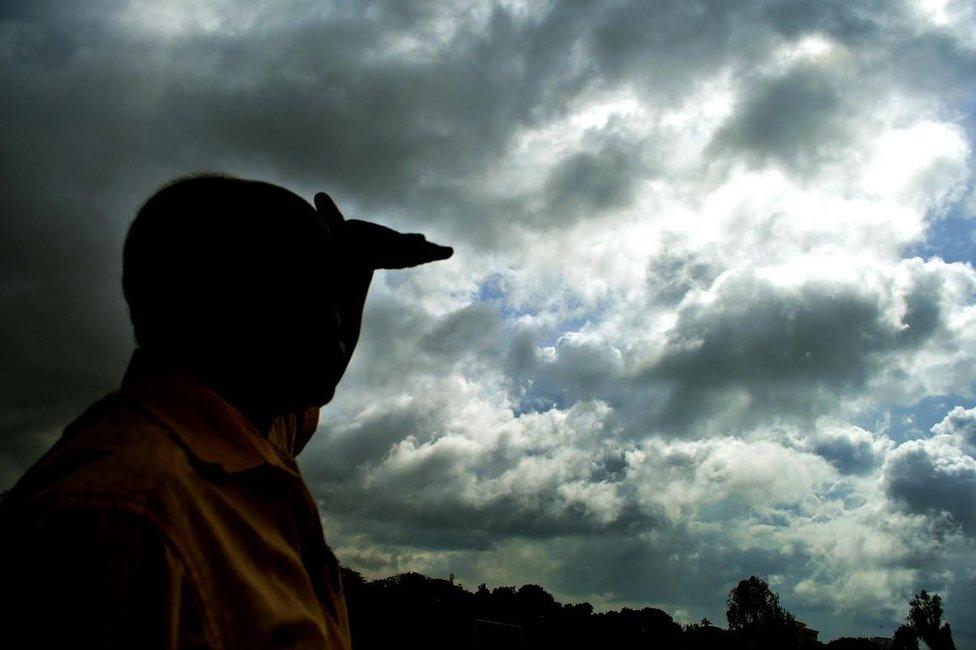
This year's monsoon cannot come too soon - large parts of India are suffering drought

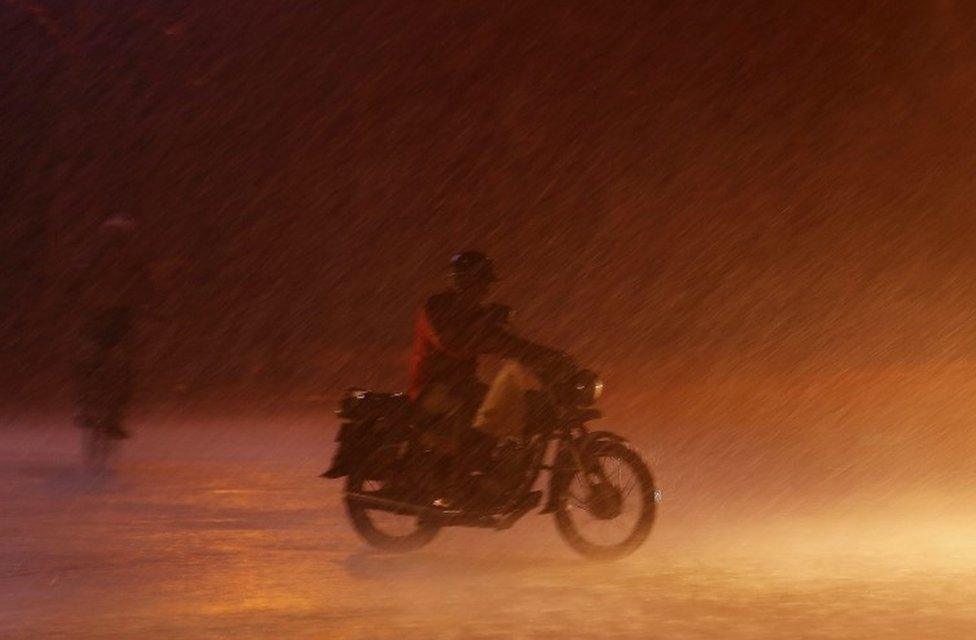
Forecasters are expecting a bountiful monsoon this year
The arrival of the monsoons is like finding a river after crossing a desert. This year, a deluge is predicted, external. Weather forecasters expect at least 5-6% more rainfall than usual. This will affect things ranging from bank interest, external to the fortunes of the fertiliser industry, external. It will also alleviate the drinking water crisis in many parts by replenishing ground water.
Weather forecasting has improved lately in India, and efforts are under way to replace a nearly century-old forecasting method with new high-tech means, external. A long history of inaccurate forecasts, however, means that people don't easily trust it.
The confusion gives rise to speculation and prayer.
Rain music
In April a group of people even went to India's most popular Sufi shrine to pray for good rains, external. Rituals to induce a good monsoon include marrying frogs. , external
Nearly half of Indians still depend on agriculture for their incomes. A bad monsoon increases their debts, and therefore suicides. Hence the desperation to know in advance if the south-eastern winds coming over from the Bay of Bengal are bringing good news.
Water droplets accumulate on the ceiling of a century old temple, external in Kanpur just before the monsoons. If the droplets are big enough, it is believed a good monsoon is round the corner. The matter is serious enough for scientists to study the temple.
One of the oldest ragas in Indian classical music, Malhar,, external is dedicated to the monsoons.
The Malhar raga is believed to be so powerful, that it can induce rain if sung well. Many medieval musicians were supposed to have been blessed with such mastery of Raga Malhar.
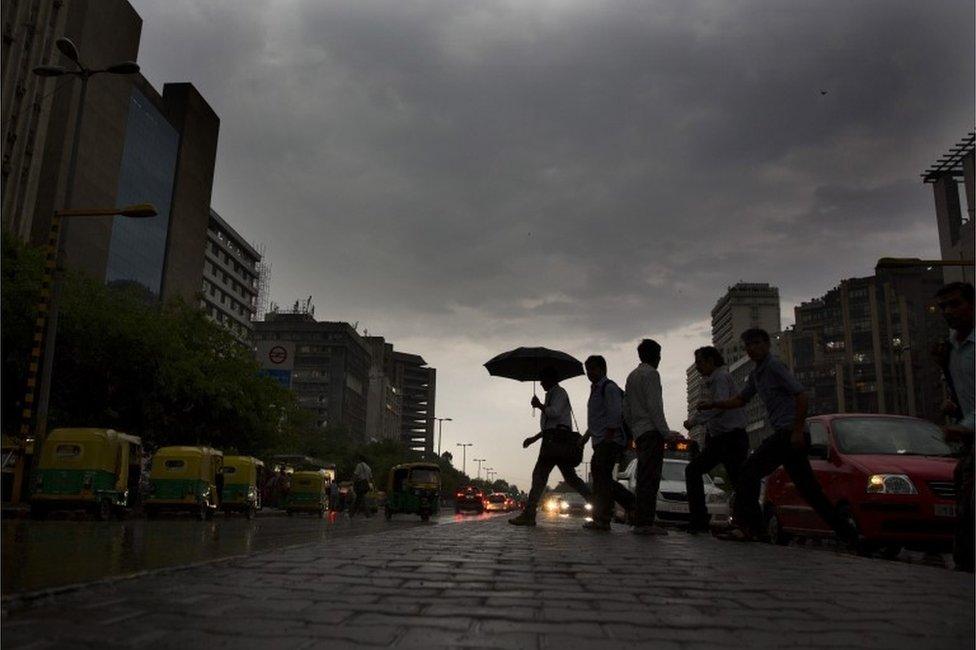
There has also been recent rain in the usually dry capital, Delhi
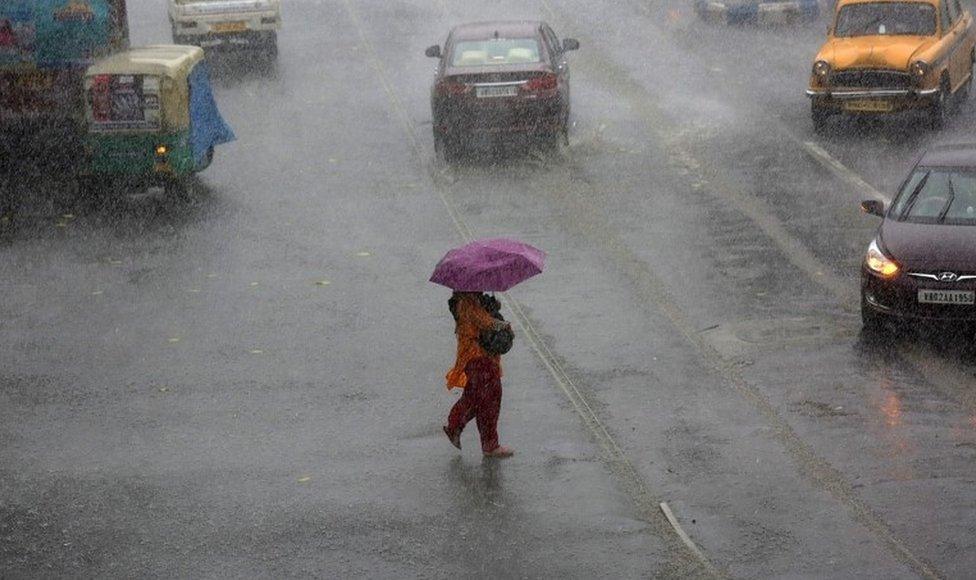
And the eastern city of Kolkata has been lashed by showers
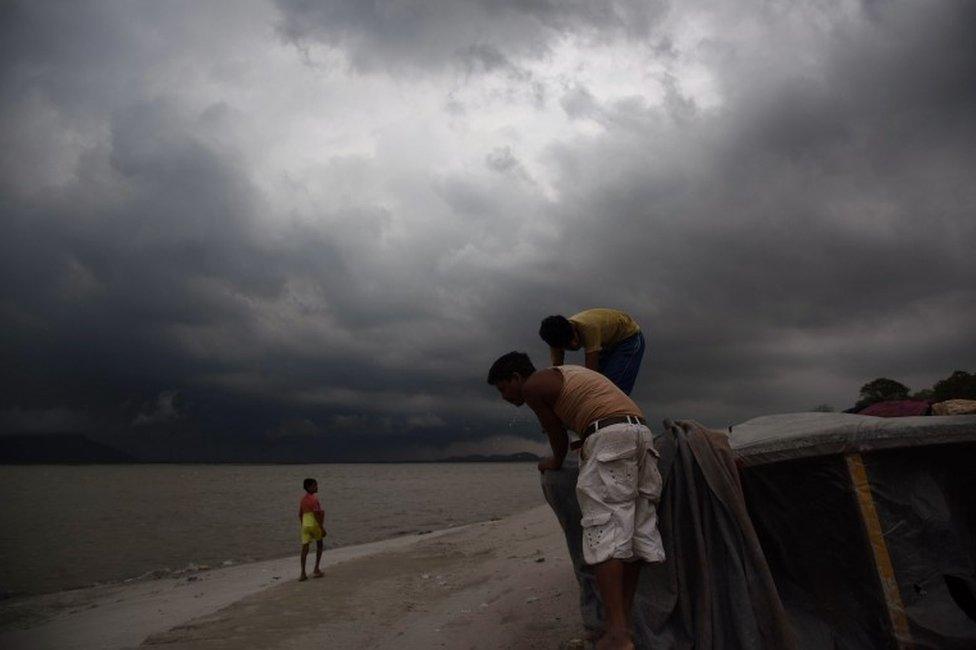
Rain clouds have loomed over Guwahati in north-eastern India
Everyone in India would wish for such powers. Last month, India recorded its hottest day since weather records have been kept. Registering 51C in the state of Rajasthan, the headline was representative of India reeling under the collective pressure of a heat wave lasting weeks.
Unless one has been through the full test of an Indian summer, one cannot fully appreciate the blessing of the monsoon rains.
When regular torrential showers change the weather for good, it is a new lease of life. Different parts of India have different festivals associated with the monsoon.
Short-lived joy
But the joy doesn't last long.
The hot summer gives way to complaints of "It's not the heat it's the humidity". Meanwhile insects and mosquitoes multiply, bringing diseases in their wake.
As the Indian farmer sows a new crop, the city folk face water-logging that makes it difficult to get out. Sometimes it rains so much, especially in the financial nerve centre of Mumbai, that the city is flooded.
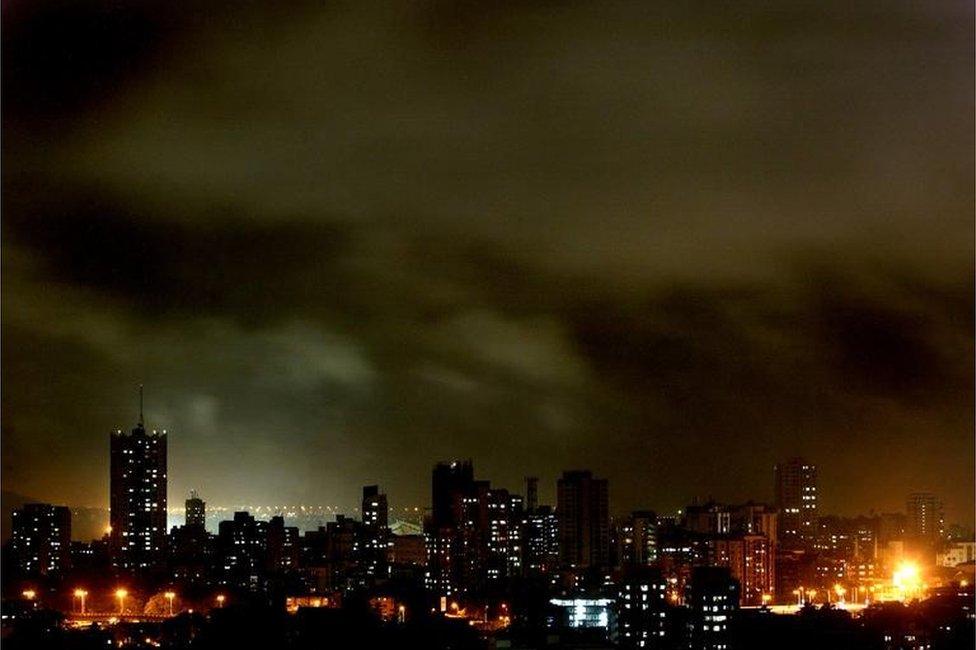
Clouds gather in the Mumbai sky
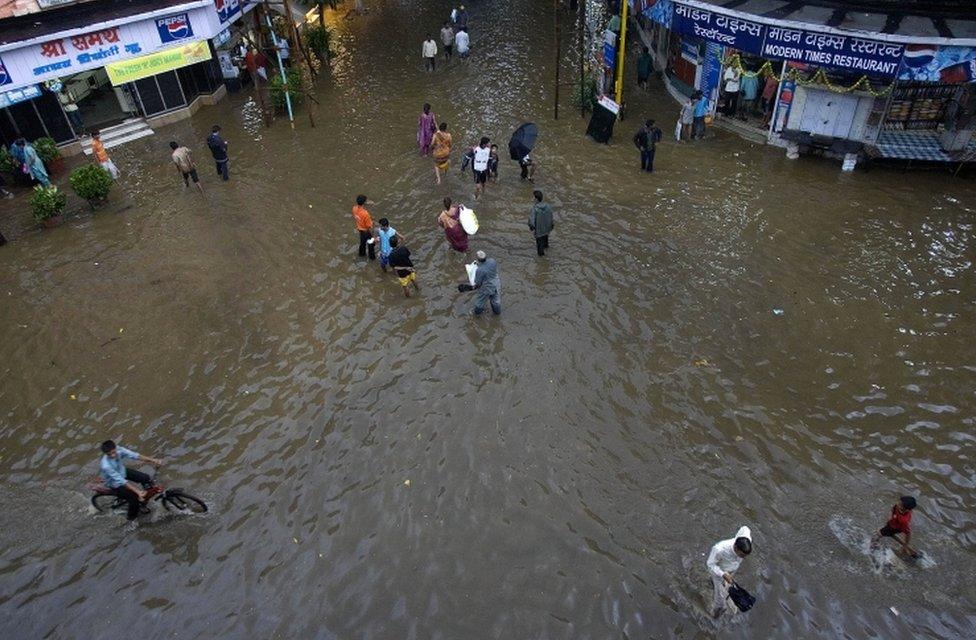
... but Mumbai, like many cities, gets flooded when its rains too much
But none of those troubles take away from India's romance with the monsoons, an association so old classical poets have written odes to it, external.
For the great Sanskrit poet Kalidasa, it was on rain that "impregnation in the entire universe" rests.
Rain makes "earth a comely courtesan/attired in the green silk of grass/wearing silver ornaments of sprung-up mushroom/ ruby of purple coloured worm of moist fields", he wrote.
Shivam Vij is a Delhi-based independent journalist